Chandigarh
Highlights
Chandigarh, the dream city of India's first Prime Minister, Sh. Jawahar Lal Nehru, was planned by the famous French architect Le Corbusier. Picturesquely located at the foothills of Shivaliks, it is known as one of the best experiments in urban planning and modern architecture in the twentieth century in India.
Chandigarh derives its name from the temple of "Chandi Mandir" located in the vicinity of the site selected for the city. The deity 'Chandi', the goddess of power and a fort of 'garh' laying beyond the temple gave the city its name "Chandigarh-The City Beautiful".
The city has a pre-historic past. The gently sloping plains on which modern Chandigarh exists, was in the ancient past, a wide lake ringed by a marsh. The fossil remains found at the site indicate a large variety of aquatic and amphibian life, which was supported by that environment. About 8000 years ago the area was also known to be a home to the Harappans.
Since the medieval through modern era, the area was part of the large and prosperous Punjab Province which was divided into East & West Punjab during partition of the country in 1947. The city was conceived not only to serve as the capital of East Punjab, but also to resettle thousands of refugees who had been uprooted from West Punjab.
In March, 1948, the Government of Punjab, in consultation with the Government of India, approved the area of the foothills of the Shivaliks as the site for the new capital. The location of the city site was a part of the erstwhile Ambala district as per the 1892-93 gazetteer of District Ambala. The foundation stone of the city was laid in 1952. Subsequently, at the time of reorganization of the state on 01.11.1966 into Punjab, Haryana and Himachal Pardesh, the city assumed the unique distinction of being the capital city of both, Punjab and Haryana while it itself was declared as a Union Territory and under the direct control of the Central Government.
What To See
Leisure Valley
Leisure valley is the most beautiful and popular tourist attraction destination in Chandigarh. Chandigarh Leisure valley is like a garland of gardens that beautifies the entire city. It begins from Rajendra Park in Sector 1 that is basically used for long walks, yoga and other fitness workout activities and stretches till the Bougainvillea garden in Sector 3. It also covers the splendid garden of roses in Sector 16. Leisure valley takes a curvaceous turn, when it enters Sector 23. It is in the Leisure valley in Chandigarh, India that different kinds of theme gardens are set up.
Rock Garden
Location: in Sector 1 between the Capitol Complex and Sukhna Lake
Highlights: exquisite artwork made from industrial and urban waste
Chandigarh rock garden is an epitome of creativity and innovation. It is a unique garden that consists of various art objects. But the best part about the rock garden is that each of its artwork has been made by using industrial & urban waste. It is located in Sector 1 between the Capitol Complex and Sukhna Lake. The credit for laying its foundation goes to Nek Chand, who was the then Road Inspector in the Engineering Department of Chandigarh Capital Project.
Rock garden has been established in the form of an open-air exhibition hall. The garden houses sculptures made by using a variety of different discarded waste materials like frames, mudguards, forks, handle bars, metal wires, play marbles, porcelain, auto parts, broken bangles etc. Rock garden in Chandigarh, India is a unique creation and connoisseurs come from different parts of the world to see this amazing garden.
Sukhna Lake
Location: in the foothills of Shivalik range
Highlights: manmade lake
Sukhna Lake is a beautiful lake that lies in the foothills of Shivalik range. The unique thing about Sukhna is that it is a manmade lake. It is a 3 km long lake that was created in the year 1958. It was done by damming the Sukhna Choe, which is a seasonal stream flowing down from the Shivalik hills. Sukhana Lake of Chandigarh, India has become an integral part of the city
People visit this place in the morning to enjoy the cool breeze and the beauty of nature. Chandigarh Sukhna Lake serves as a great picnic spot and an apt place for pursuing water sport activities like boating, yachting and water skiing etc. The atmosphere over here is very serene and thus apt for meditating. Also, you can savor the melodious humming of birds. People come here in the evening time to forget their worries and relax for a while. So, if you want to rejuvenate yourself, then Sukhna Lake is the perfect destination for you.
Open Hand Monument
Open hand in Chandigarh, India is one of the most significant monuments of the city. The credit for laying down its plan goes to Le Corbusier. It is located in sector 1 in the Capitol Complex. Chandigarh open hand monument has been designed in the form of a giant hand made from metal sheets that rotates like a weathercock, indicating the direction of wind. This giant hand is 14 metres high and weighs around 50 tonnes. The significance of open hand is that it conveys the social message of peace and unity that is "open to give & open to receive."
Capitol Complex
Chandigarh capitol complex houses the seat of Government. Initially, it served as the seat only for the Govt of Punjab, but now it has the headquarters of both, the Govt of Punjab and Haryana. The credit for the awesome designing of the Capitol complex goes to Le Corbusier. Located in Sector 1, capitol complex in Chandigarh, India consists of three main edifices, namely, the Secretariat, the Legislative Assembly and the High Court. There was a plan to build a fourth building also, which is going to be the Raj Bhavan, as in the Governor's Palace or a Museum of Knowledge. However, till yet, it has not come into existence. The three buildings of the Capitol complex stand majestically representing themselves as the temples of democracy of free India.
How To Reach
By Air
The airport is 11 km from downtown. Taxis are available for Airport transfer. Indian Airlines, Jet Airways and Air Deccan connects Chandigarh with New Delhi, Mumbai and other important cities of india. Chandigarh Tourism has well maintained Tourist Information Centre at the Airport.
By Rail
Chandigarh is linked with New Delhi, the National Capital by Rail. The Chandigarh Railway Station is 8 Kms from the city centre in Sector 17. The twice daily Shatabdi, Jan Shatabdi and Himalayan Queen connects New Delhi and Chandigarh. Paschim Express connects the city to Mumbai, Sadbhavna to Lucknow, Kerala Sampark Kranti to Kerala and Chennai Express to Chennai.
By Road
Chandigarh is well connected by road and buses provide an important transport link. There are services from various states such as- Haryana, Punjab, Himachal, and Delhi. It is a gateway to Himachal Pradesh as one can reach hill stations like Kasauli, Chail, Shimla etc within in a few hours drive. The hill stations Kullu & Manali with Rohtang Glacier are accessible from Chandigarh. The Union Territory of Chandigarh is well served by an excellent network of roads. The National Highways No. 21 (Ambala-Kinnaur) and 22 (Chandigarh-Leh) are the chief road arteries linking Chandigarh with the rest of the country. The city is within motorable distance from a number of popular towns and pilgrimage centres. Buses of several State Road Transport Corporations connect Chandigarh with many cities and towns of neighbouring states. Buses may be air-conditioned, deluxe, semi-deluxe or ordinary. The Inter-State Bus Terminus (ISBT) is located in Sector 17 (City Centre).
Gallery
Related Package
Related Hotel
Reviews
Excellent
4.6 / 5.0
90% recommend this package
Score Breakdown
- (58)
- (132)
- (89)
- (58)
- (9)
Average Rating For
- Cleanliness 4.5
- Service 4.5
- Comfort 4.2
- Condition 3.8
- Neighbourhood 4.4
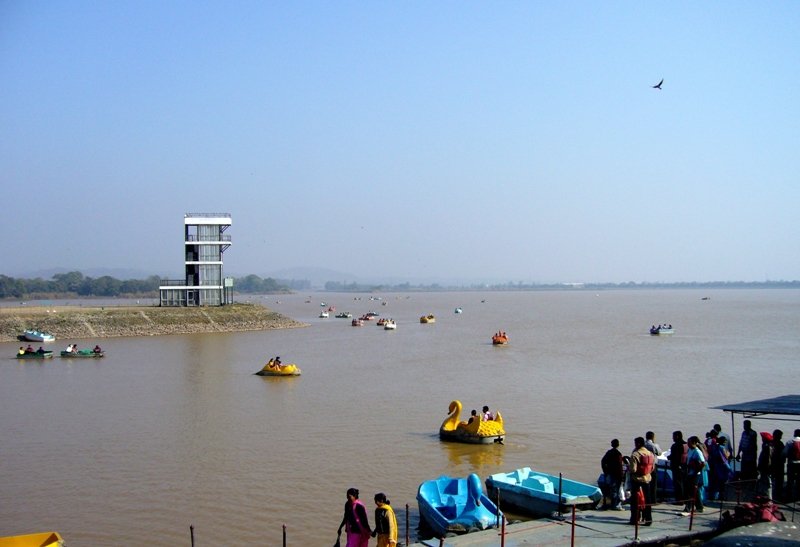
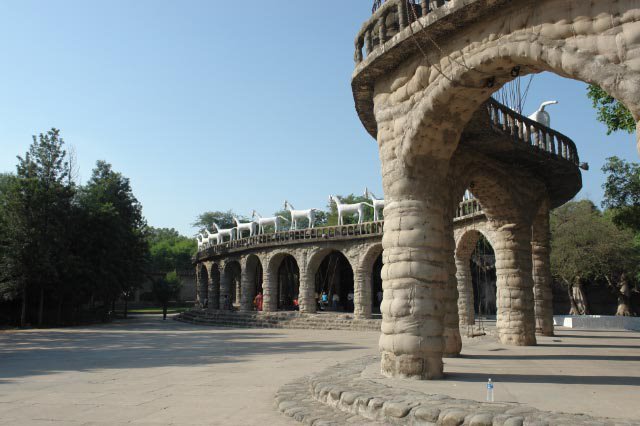
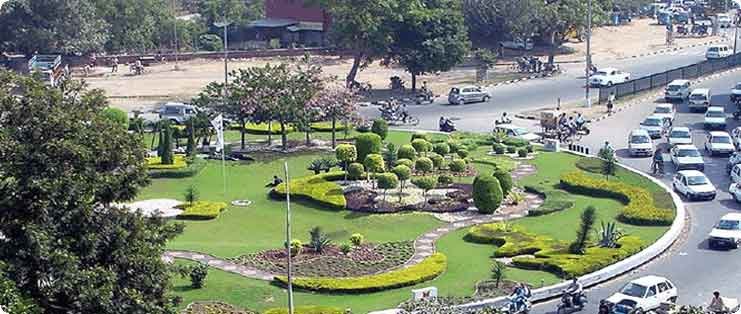


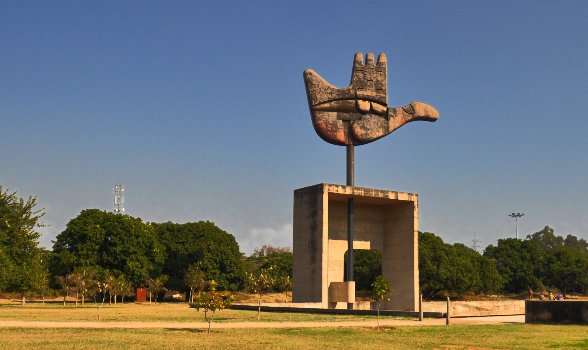
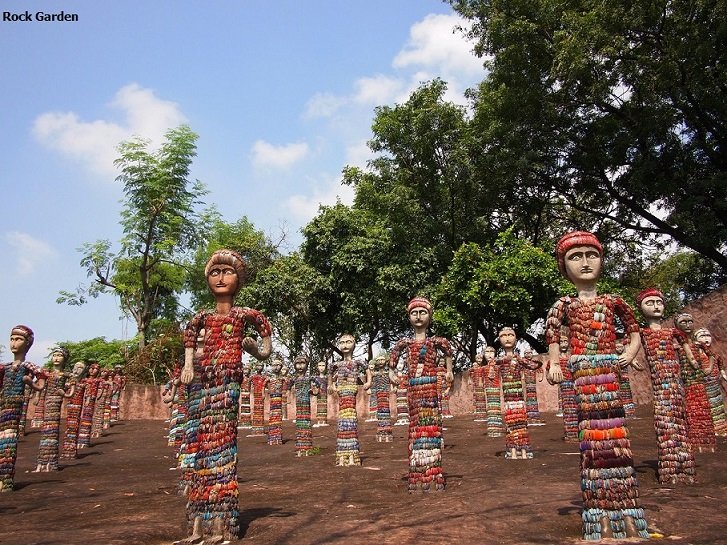

.jpg)